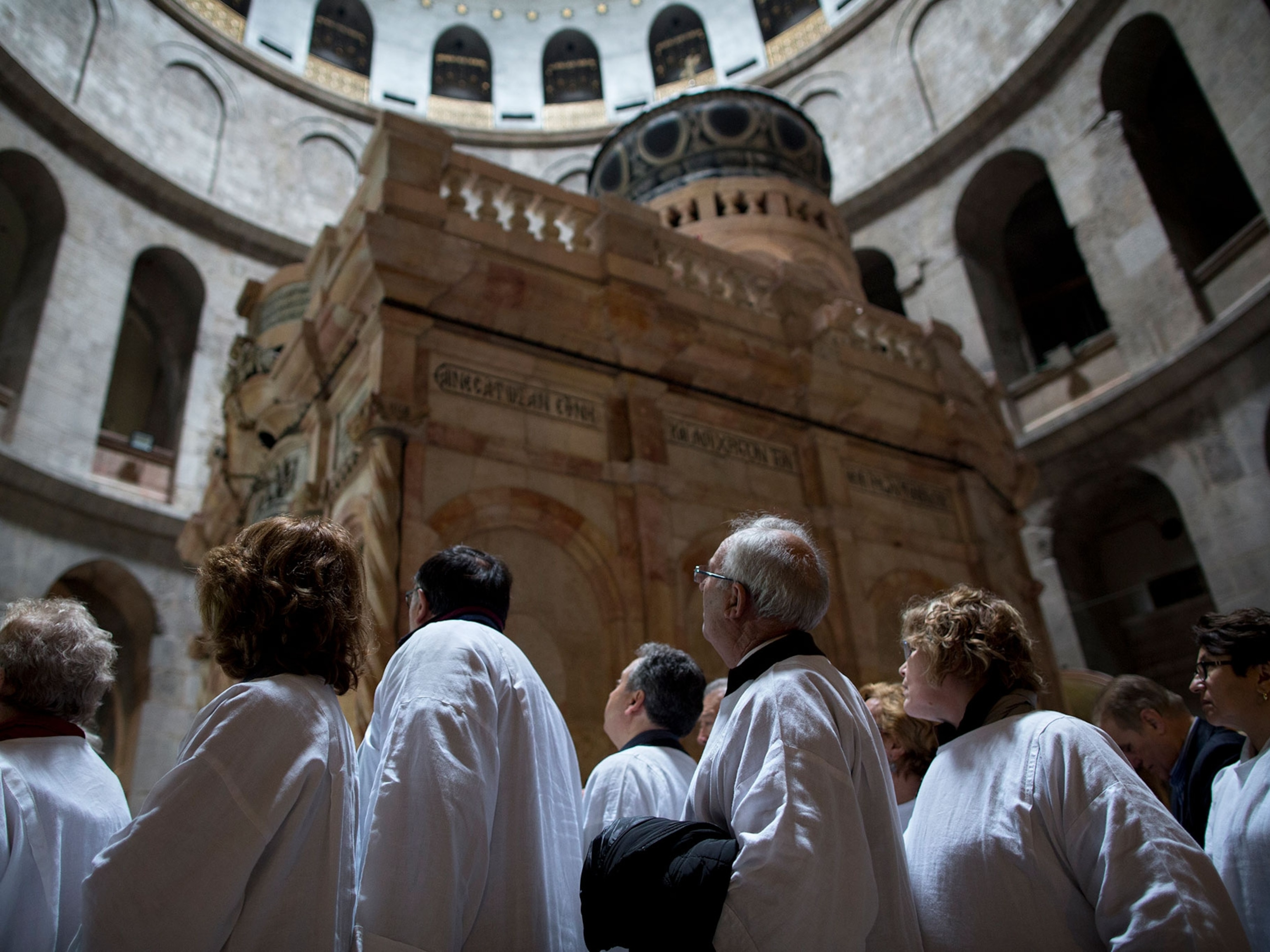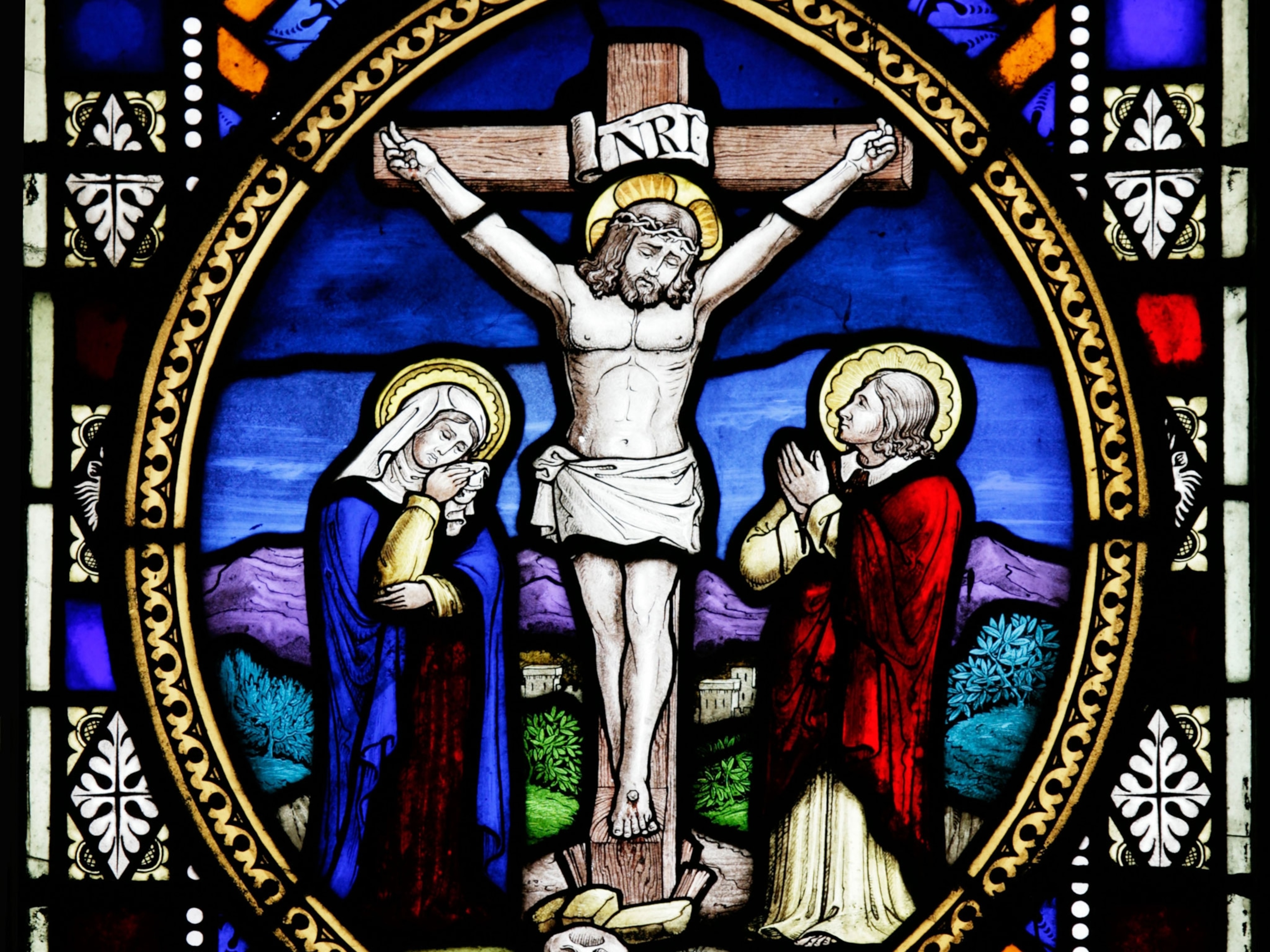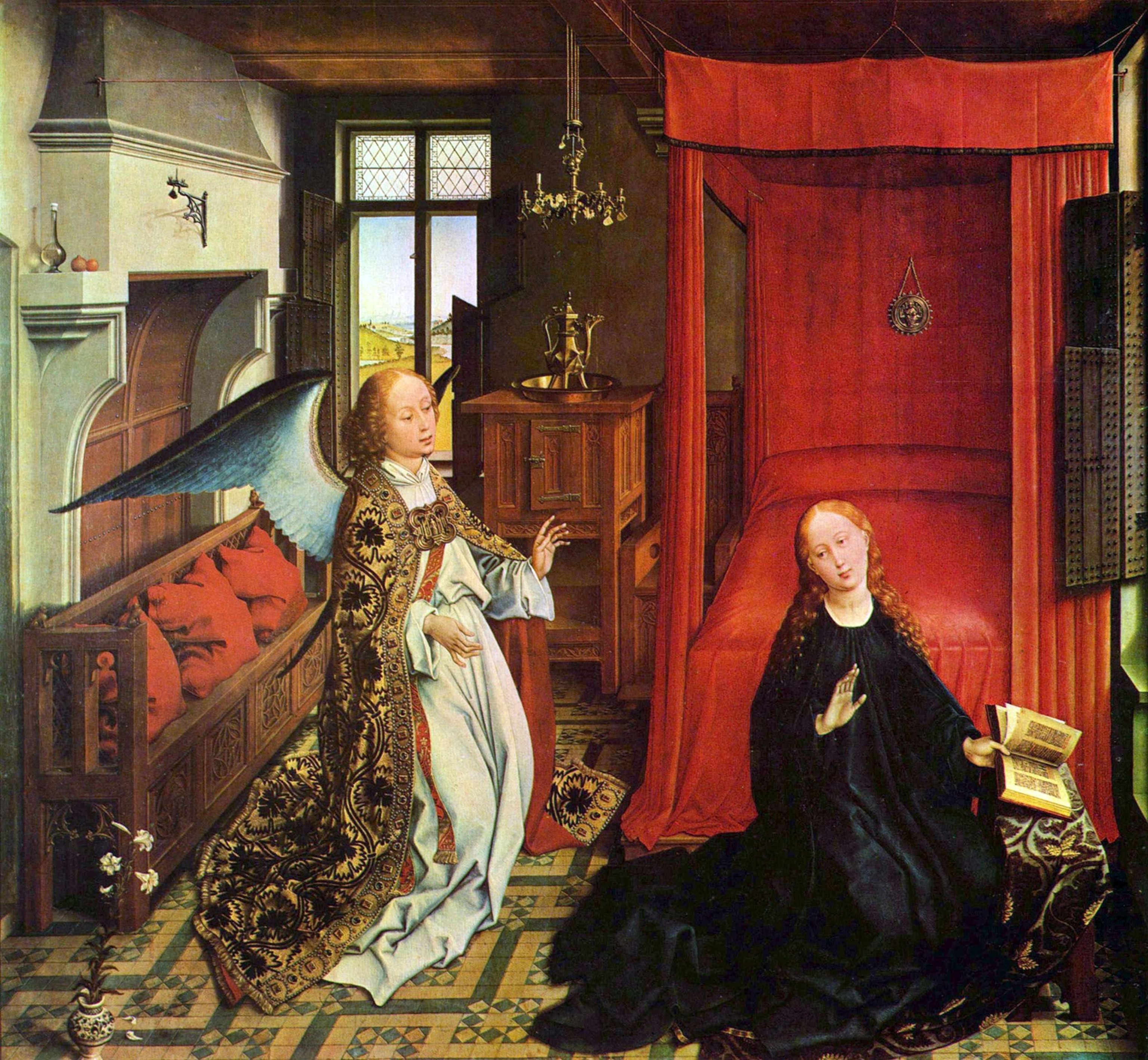
Mary and Joseph were tested by a miracle. An angel saved them.
Although the couple was engaged to be married, the conception of Jesus nearly drove them apart—until the divine intervened.
In Nazareth, a city in the northern region of Galilee, a young girl named Mary was betrothed to Joseph, of the house of David. Before their marriage, an angel named Gabriel was sent to Mary and said to her, “Do not be afraid, Mary, for you have found favor with God.”
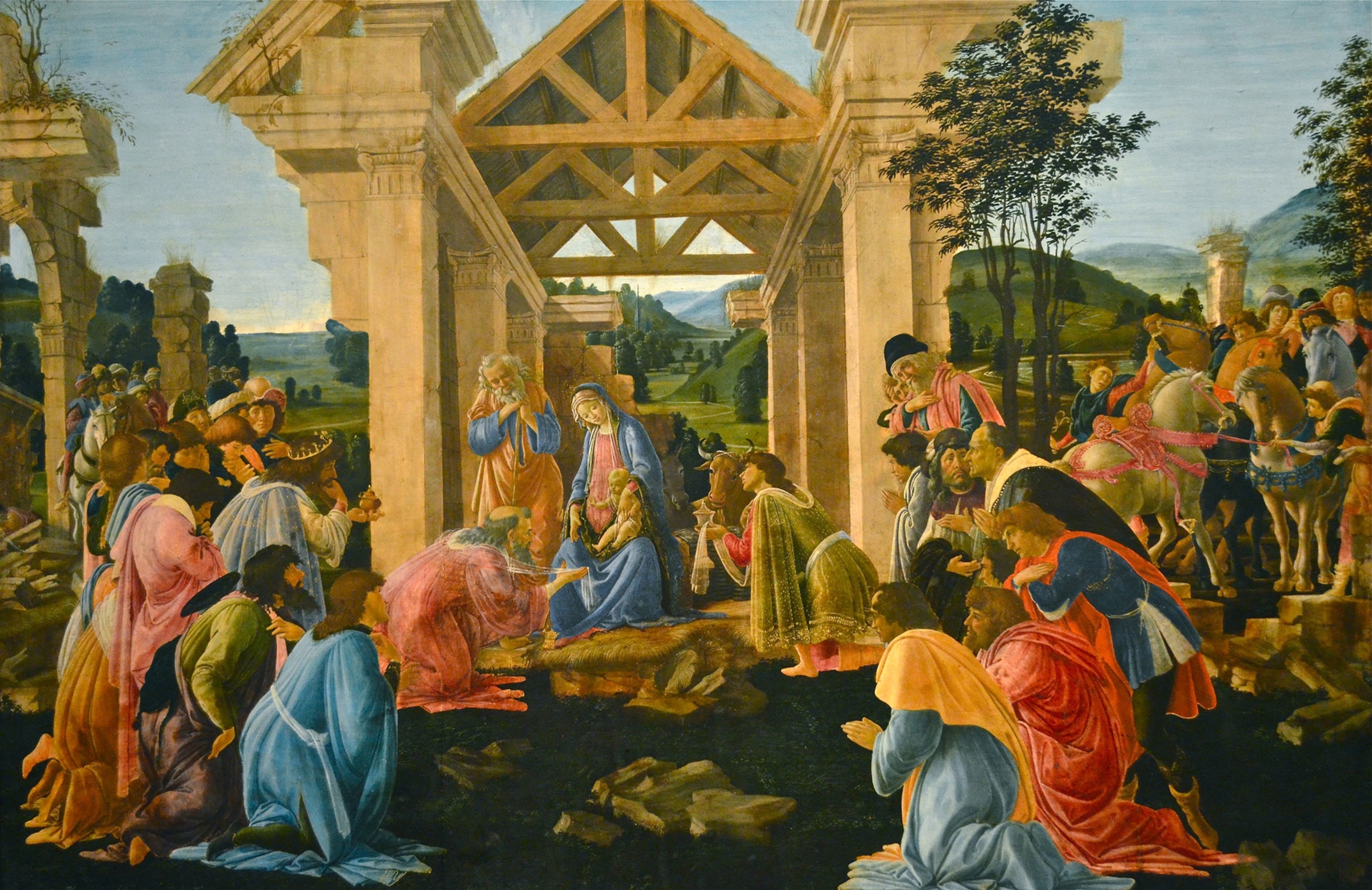
The angel continued, “You will conceive in your womb and bear a son, and you will name him Jesus. He will be great, and will be called the Son of the Most High” (Luke 1:30-31). The name “Jesus,” or “Yeshua” in Aramaic, is like “Joshua” or “Hosea,” a contraction of Yehoshuah, meaning “yhwh is salvation,” and a common name in ancient Judea and Galilee.
Mary said to the angel, “How can this be, since I am a virgin?” Gabriel replied, “the Holy Spirit will come upon you, and the power of the Most High will overshadow you” (Luke 1:34-35). And to prove his point, the angel added that “your relative Elizabeth in her old age has also conceived a son ... for nothing will be impossible with God.” Mary then set out to visit her cousin Elizabeth; when Elizabeth saw Mary and heard her voice, she thought: “the babe in my womb leaped for joy” (Luke 1:42-44). (Read how Mary became the most powerful woman in the world.)
Matthew’s Gospel gives us Joseph’s side of the Nativity story. Where Joseph lived is not entirely clear; Matthew implies that he lived in Bethlehem, whereas John states that he hailed from Nazareth. When Joseph learned that Mary was pregnant, even though they hadn’t been wed, he “planned to dismiss her quietly” because he was “unwilling to expose her to public disgrace.” But before he could cancel the wedding, “an angel of the Lord” appeared to him in a dream and said, “Joseph, son of David, do not be afraid to take Mary as your wife, for the child conceived in her is from the Holy Spirit” (Matthew 1:21).
As Mary’s pregnancy advanced, says Luke, a decree went out from Emperor Augustus that all the world should be registered (Luke 2:1). The purpose of such a census was not to gauge the demographic makeup of a province, but to establish a detailed inventory of individuals and their property for the purpose of taxation. This was important because Roman governors out-sourced tax collection to free agents; without a census, they had no way of establishing whether or not these tax collectors were cheating. (Related: The short reign of Rome's hard-partying emperor.)
The Land of Galilee
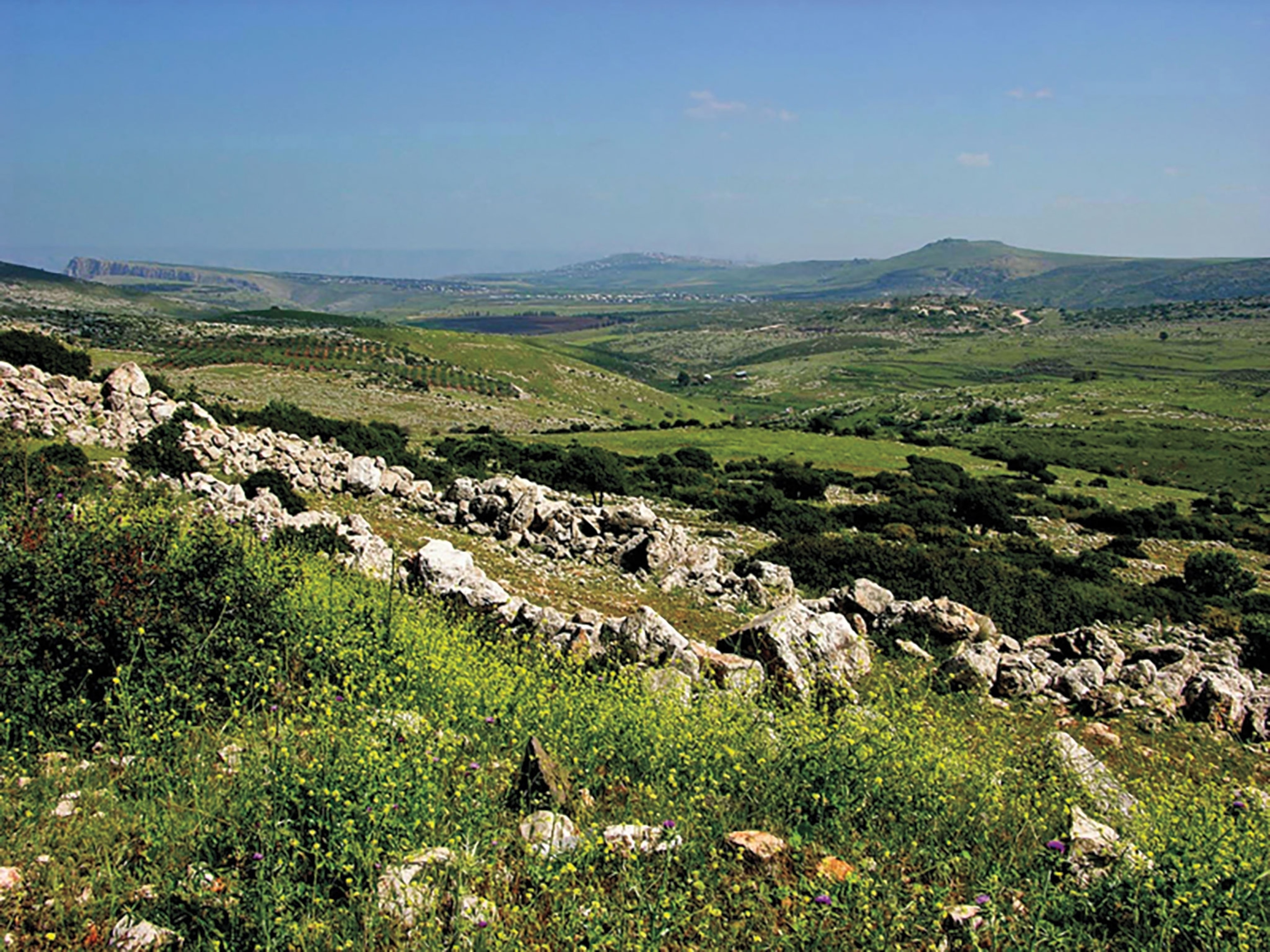
According to the first-century c.e. historian Josephus, almost everyone in Galilee was involved in agriculture, given the exceptional fertility of the Beit Netofa Valley. Josephus lists 204 towns and villages in Galilee, so the total population must have ranged between 150,000 and 250,000 people. Nazareth is not included in this list, which suggests it was a small hamlet that depended on the markets of Sepphoris, the nearby capital, to sell its produce.
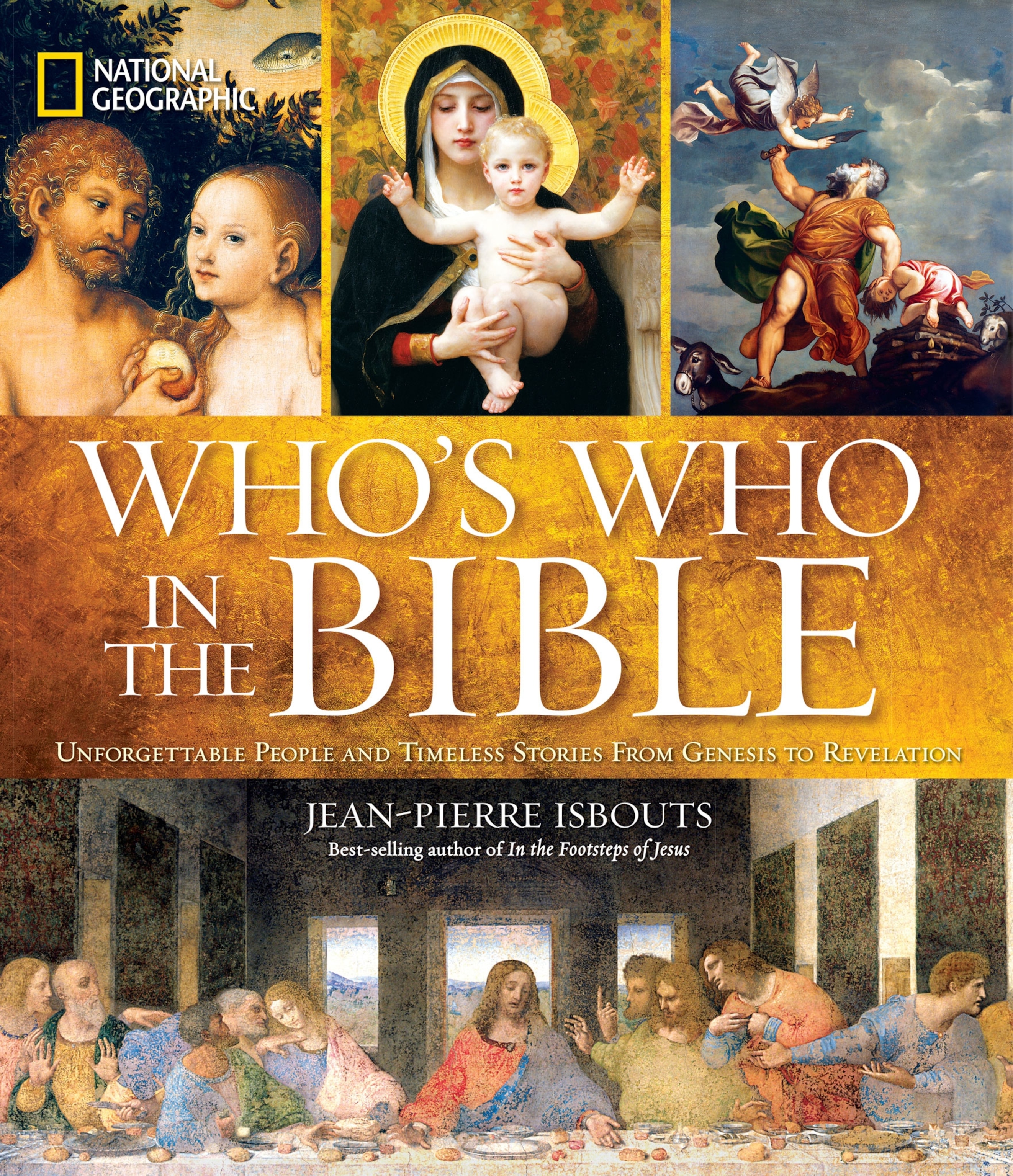
Because Joseph’s family had come from Bethlehem in Luke’s depiction of the events, Joseph had no choice but to take his pregnant wife and set out on the long journey to Bethlehem. When they arrived there, they found that all the inns were full. The only shelter available was a stable, and there, Mary gave birth to Jesus. She “wrapped him in bands of cloth, and laid him in a manger” (Luke 2:6-7). Soon a group of shepherds arrived who had been sleeping in the nearby fields until summoned by an angel to go see “the Messiah, the Lord” (Luke 1:11). (Who were the three kings in the Christmas story?)

